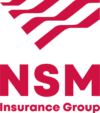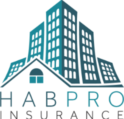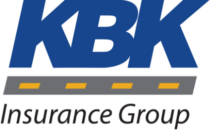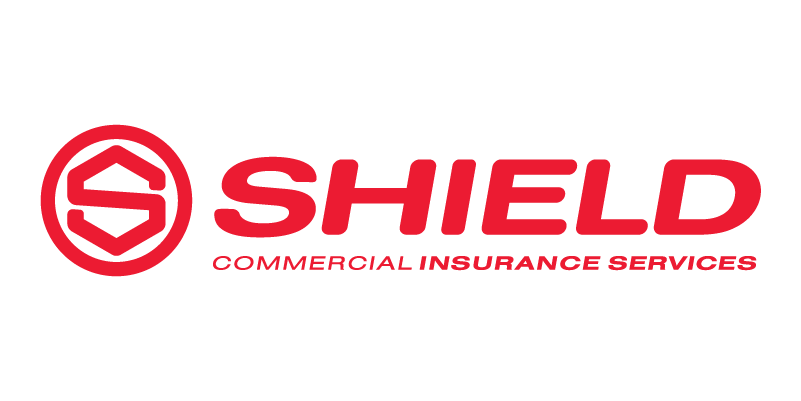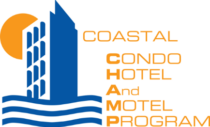4 risk management musts for nonprofits in 2021

As nonprofits managed through the challenges of 2020, key conversations around risk management went hand in hand with pandemic planning and operational changes. Now, nearly a year into the COVID crisis, the new normal feels, well, like normal — but that doesn’t mean proactive risk management can shift to the back burner.
While pandemic operations continue largely as usual for most nonprofits as we forge into 2021, there’s no better time to ensure processes and precautions are tightened up from an insurance and risk management perspective. Count these among the must-do action steps.
1. Prioritize regular safety checks
With tons of change all at once and a focus on serving community members in need, regular operations like safety inspections may have inadvertently moved further down the priority list. Make sure safety checks like fire extinguisher inspections and kitchen inspections (to check that hoods are being cleaned properly, for example, if food is being served) are happening on a regular basis.
2. Address deferred property maintenance
With presumably fewer people frequenting physical locations, it can be tempting to put off building repairs, like fixing a wire that’s falling down from the ceiling or a loose stairway handrail. However, they are still hazards that present safety risks and should be addressed in a timely manner, especially when they’re related to life safety.
3. Stay on top of changes to COVID guidelines
The Centers for Disease Control and Prevention (CDC) and other health authorities are continually updating their COVID guidelines as they learn more about the disease. (Think along the lines of the shortened quarantine recommendations announced in December 2020.) Don’t assume current operations are based on the latest guidance — make sure of it.
4. Update policies and procedures
The beginning of the year is always a good time to review and update organizational policies and procedures. It’s even more important when significant operational shifts have occurred. It’s not just a formality, though thorough documentation can position an organization favorably during the underwriting process. It also helps ensure compliance among team members for the good of everyone involved.
With change as the only certainty, effective risk management requires ongoing vigilance. The process will differ for every organization — and benefit from the guidance of an experienced insurance partner — but this list is a great place for nonprofits to start.
